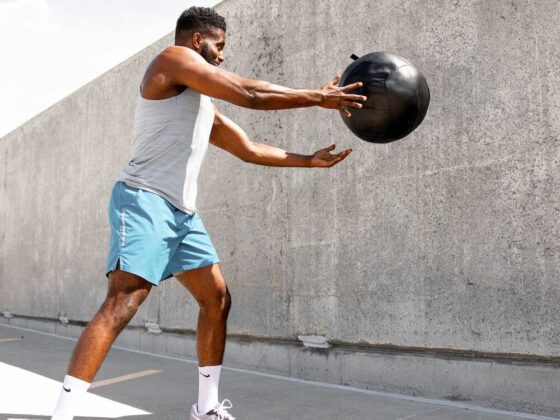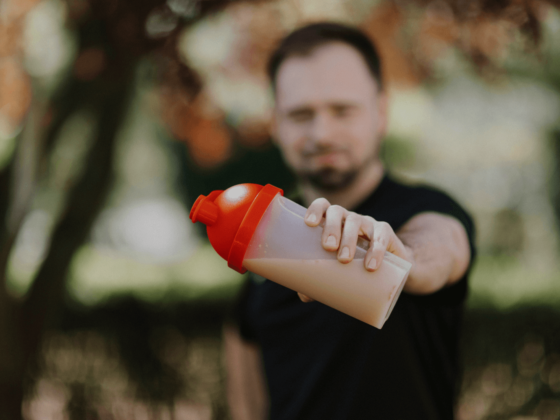Introduction
In the pursuit of fitness goals, it’s common to focus on strength, endurance, and cardiovascular health. However, two crucial components that often get overlooked are flexibility and mobility. These aspects play a vital role in overall well-being, injury prevention, and the quality of your movement. In this blog post, we’ll explore the significance of flexibility and mobility, and delve into stretching exercises that contribute to a well-rounded and balanced fitness routine.
Understanding Flexibility and Mobility
1. Flexibility:
Flexibility refers to the ability of your muscles and joints to move through their full range of motion. It involves lengthening and stretching muscles to improve elasticity and joint flexibility. Enhanced flexibility contributes to better posture, reduced muscle tension, and increased overall functional movement.
2. Mobility:
Mobility encompasses the range of motion within a joint. It involves not only the muscles but also the surrounding ligaments, tendons, and joint capsules. Good mobility allows for smooth, controlled movements and is crucial for activities that require dynamic range of motion, such as sports and functional exercises.
The Benefits of Flexibility and Mobility
1. Injury Prevention:
Improved flexibility and mobility reduce the risk of injuries by ensuring that your body can move efficiently and withstand various stresses. Muscles and joints that can move freely are less prone to strains, sprains, and other injuries.
2. Enhanced Performance:
Greater flexibility and mobility can enhance athletic performance. Whether you’re a runner, weightlifter, or engage in other physical activities, improved range of motion allows for more efficient and powerful movements.
3. Better Posture:
Flexibility in key muscle groups, such as the hamstrings, hip flexors, and chest, contributes to better posture. Addressing muscle imbalances through stretching exercises supports a more aligned and upright posture.
4. Reduced Muscle Soreness:
Regular stretching aids in the recovery process by promoting blood flow to muscles, reducing muscle soreness, and enhancing the removal of waste products produced during exercise.
5. Improved Functionality:
Flexibility and mobility are essential for everyday activities. Whether you’re bending down to pick something up or reaching for an item on a high shelf, improved flexibility ensures optimal functionality in daily movements.
Stretching Exercises for Flexibility and Mobility
1. Dynamic Stretching:
Dynamic stretches involve controlled, active movements that take your body through its full range of motion. Examples include leg swings, arm circles, and torso twists. Dynamic stretching is ideal as a warm-up before physical activities.
2. Static Stretching:
Static stretches involve holding a position for an extended period, allowing the muscles to lengthen. Common static stretches include hamstring stretches, hip flexor stretches, and shoulder stretches. Perform static stretches after your workout or as a standalone flexibility routine.
3. Foam Rolling (Self-Myofascial Release):
Foam rolling involves using a foam roller to apply pressure to specific muscle groups, releasing tension and improving flexibility. Focus on areas with tightness or trigger points, such as the calves, quads, and upper back.
4. Yoga and Pilates:
Yoga and Pilates are holistic practices that combine flexibility, strength, and mindfulness. Incorporating these disciplines into your routine can significantly improve flexibility, mobility, and overall body awareness.
5. Mobility Drills:
Include specific mobility drills that target joints and their surrounding structures. Joint circles, leg swings, and shoulder rotations are examples of mobility exercises that enhance joint function.
Tips for Incorporating Flexibility and Mobility into Your Routine
1. Consistency is Key:
Make flexibility and mobility exercises a consistent part of your routine. Aim for at least 10-15 minutes of stretching and mobility work several times per week.
2. Listen to Your Body:
Pay attention to how your body responds to stretching. Avoid pushing into pain, and focus on gentle, gradual improvements in range of motion.
3. Combine with Strength Training:
Integrate flexibility and mobility exercises with your strength training routine. This ensures a balanced approach to fitness and addresses both strength and flexibility needs.
4. Mindful Breathing:
Incorporate deep, mindful breathing during stretching sessions. This not only enhances relaxation but also supports the release of tension in the muscles.
Conclusion
Flexibility and mobility are often overlooked aspects of fitness, yet they play a crucial role in overall well-being and injury prevention. By incorporating stretching exercises, mobility drills, and practices like yoga into your routine, you enhance your body’s ability to move freely and efficiently. Embrace the balance of strength and flexibility, prioritize the often neglected aspects of fitness, and witness the transformative impact on your movement quality and overall health. Elevate your fitness journey by giving due attention to flexibility and mobility – the keys to a resilient, agile, and well-functioning body.










